
Possible to use in vacuum or under low pressures Vacuum: Up to 101.2 kPa Low pressure: 0 to 0.2 MPa Free mounting orientation How to Order 04 4 5 1 VP3 A G 1 VP series 3 port solenoid valve CE-compliant Q CE-compliant Note) Nil Number of solenoids Single Note) Electrical entry: D/DL/DS/DZ only 1 Body size Thread type 1 2 1 4 6 8 1 2 Rc Nil G F 1 NPT N NPTF T Body ported 5 Body type Pilot
M5 M5 M5 M5 1)When using SMCs fitting, etc. After tightening by hand, give it additional 1/6 turn with a wrench. (1/4 turn for miniature fittings.) In case that two gaskets are equipped such as universal elbow or universal tee, give it additional 1/2 turn with a wrench.
maximum allowable load mass is 1 kg. 6 CKZT -X2797 -X2798 Setup Procedure Precautions 1) There is a mechanical difference of 0 to +0.5 at the clamping end as shown in Figure 1.
Philadelphia, Athens, Greece HUNGARY (36) 23 513 000 Torbgy u. 15-19, 2045 Trkblint, Hungary IRELAND (353) 1 403 9000 2002 Citywest Road, Citywest Business Campus, Citywest, Dublin 24, Ireland ITALY (39) 02 92711 Via Garibaldi 62, 20061 Carugate, (Milano), Italy LATVIA (371) 781 77 00 Dzelzavas str. 120g, Riga, LV-1021, Latvia LITHUANIA (370) 5 264 81 26 Oslo g. 1, LT-04123 Vilnius, Lithuania
Large flow filters should be used, especially in dusty locations. 13-1-5
Part name (1) Switching hand valve between Air servo cylinder circuit and fail-safe circuit (2) Check valve (3) Emergency air receiver (4) Lock-up valve (5) Air servo cylinder circuit supply valve (6) Fail-safe hand valve (Ex.
Set flow rate range Note 1)Minimum set unit Note 1)Accumulated pulse flow rate exchange value (Pulse width: 50 ms) Note 1)Note 1, 2)Display unitsAccumulated flow range Note 1)Power supply voltageCurrent consumptionPower supply voltage for sensorPower supply current for sensor Note 3)Sensor input--Output Note 4)specificationsHysteresisResponse time Note 5)Linearity Note 5)Repeatability
range Note 1)Power supply voltageCurrent consumptionPower supply voltage for sensorPower supply current for sensor Note 3)Sensor input--Output Note 4)specificationsHysteresisResponse time Note 5)Linearity Note 5)Repeatability Note 5)Temperature characteristicsDisplay methodStatus LED?
range Note 1)Power supply voltageCurrent consumptionPower supply voltage for sensorPower supply current for sensor Note 3)Sensor input--Output Note 4)specificationsHysteresisResponse time Note 5)Linearity Note 5)Repeatability Note 5)Temperature characteristicsDisplay methodStatus LED?
Set flow rate range Note 1)Minimum set unit Note 1)Accumulated pulse flow rate exchange value (Pulse width: 50 ms) Note 1)Note 1, 2)Display unitsAccumulated flow range Note 1)Power supply voltageCurrent consumptionPower supply voltage for sensorPower supply current for sensor Note 3)Sensor input--Output Note 4)specificationsHysteresisResponse time Note 5)Linearity Note 5)Repeatability
range Note 1)Power supply voltageCurrent consumptionPower supply voltage for sensorPower supply current for sensor Note 3)Sensor input--Output Note 4)specificationsHysteresisResponse time Note 5)Linearity Note 5)Repeatability Note 5)Temperature characteristicsDisplay methodStatus LED?
Set flow rate range Note 1)Minimum set unit Note 1)Accumulated pulse flow rate exchange value (Pulse width: 50 ms) Note 1)Note 1, 2)Display unitsAccumulated flow range Note 1)Power supply voltageCurrent consumptionPower supply voltage for sensorPower supply current for sensor Note 3)Sensor input--Output Note 4)specificationsHysteresisResponse time Note 5)Linearity Note 5)Repeatability
range Note 1)Power supply voltageCurrent consumptionPower supply voltage for sensorPower supply current for sensor Note 3)Sensor input--Output Note 4)specificationsHysteresisResponse time Note 5)Linearity Note 5)Repeatability Note 5)Temperature characteristicsDisplay methodStatus LED?
range Note 1)Power supply voltageCurrent consumptionPower supply voltage for sensorPower supply current for sensor Note 3)Sensor input--Output Note 4)specificationsHysteresisResponse time Note 5)Linearity Note 5)Repeatability Note 5)Temperature characteristicsDisplay methodStatus LED?
Set flow rate range Note 1)Minimum set unit Note 1)Accumulated pulse flow rate exchange value (Pulse width: 50 ms) Note 1)Note 1, 2)Display unitsAccumulated flow range Note 1)Power supply voltageCurrent consumptionPower supply voltage for sensorPower supply current for sensor Note 3)Sensor input--Output Note 4)specificationsHysteresisResponse time Note 5)Linearity Note 5)Repeatability
Set flow rate range Note 1)Minimum set unit Note 1)Accumulated pulse flow rate exchange value (Pulse width: 50 ms) Note 1)Note 1, 2)Display unitsAccumulated flow range Note 1)Power supply voltageCurrent consumptionPower supply voltage for sensorPower supply current for sensor Note 3)Sensor input--Output Note 4)specificationsHysteresisResponse time Note 5)Linearity Note 5)Repeatability
range Note 1)Power supply voltageCurrent consumptionPower supply voltage for sensorPower supply current for sensor Note 3)Sensor input--Output Note 4)specificationsHysteresisResponse time Note 5)Linearity Note 5)Repeatability Note 5)Temperature characteristicsDisplay methodStatus LED?
Set flow rate range Note 1)Minimum set unit Note 1)Accumulated pulse flow rate exchange value (Pulse width: 50 ms) Note 1)Note 1, 2)Display unitsAccumulated flow range Note 1)Power supply voltageCurrent consumptionPower supply voltage for sensorPower supply current for sensor Note 3)Sensor input--Output Note 4)specificationsHysteresisResponse time Note 5)Linearity Note 5)Repeatability
range Note 1)Power supply voltageCurrent consumptionPower supply voltage for sensorPower supply current for sensor Note 3)Sensor input--Output Note 4)specificationsHysteresisResponse time Note 5)Linearity Note 5)Repeatability Note 5)Temperature characteristicsDisplay methodStatus LED?
Set flow rate range Note 1)Minimum set unit Note 1)Accumulated pulse flow rate exchange value (Pulse width: 50 ms) Note 1)Note 1, 2)Display unitsAccumulated flow range Note 1)Power supply voltageCurrent consumptionPower supply voltage for sensorPower supply current for sensor Note 3)Sensor input--Output Note 4)specificationsHysteresisResponse time Note 5)Linearity Note 5)Repeatability
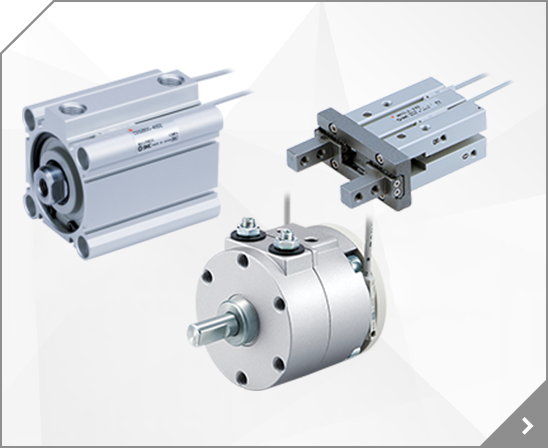
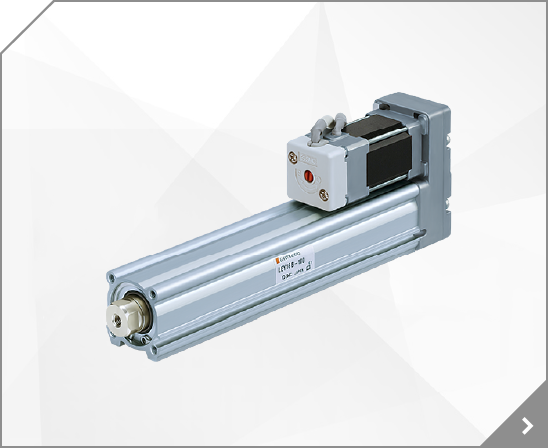
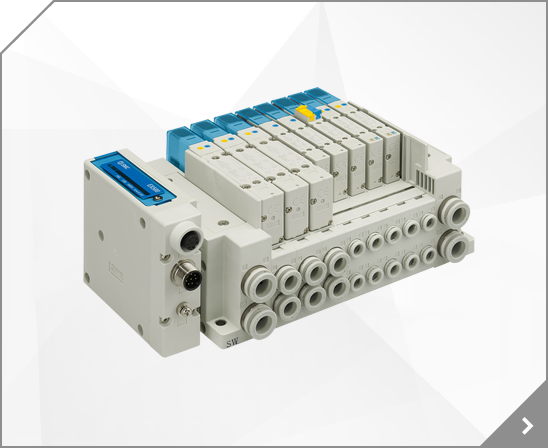
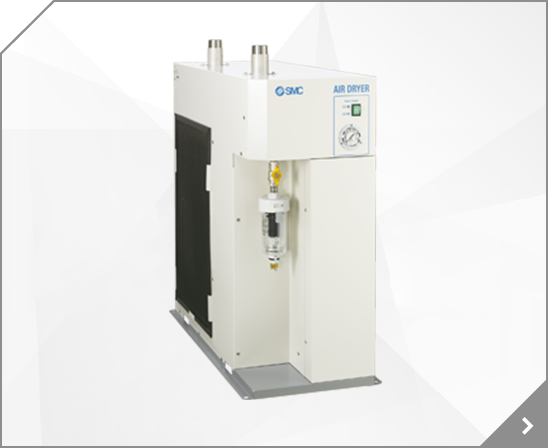
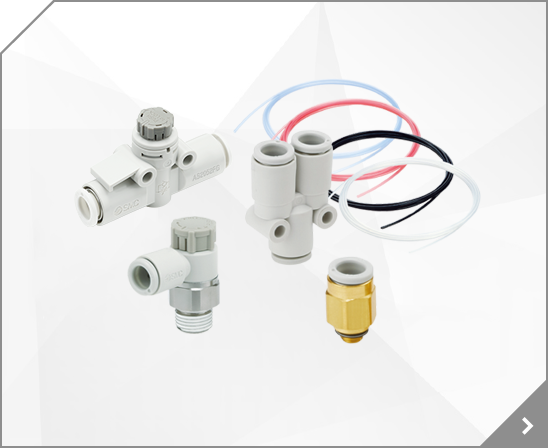
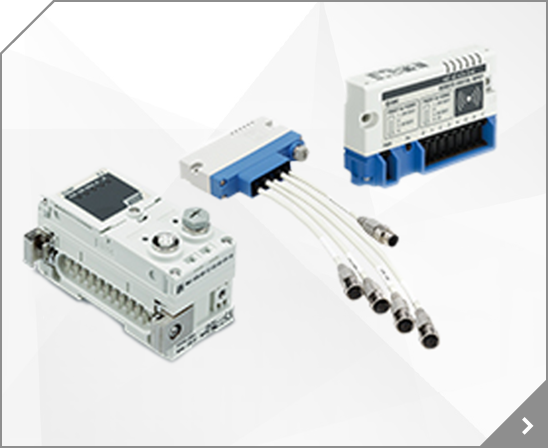
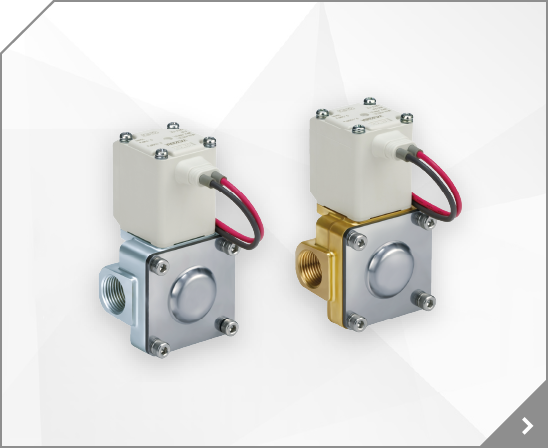
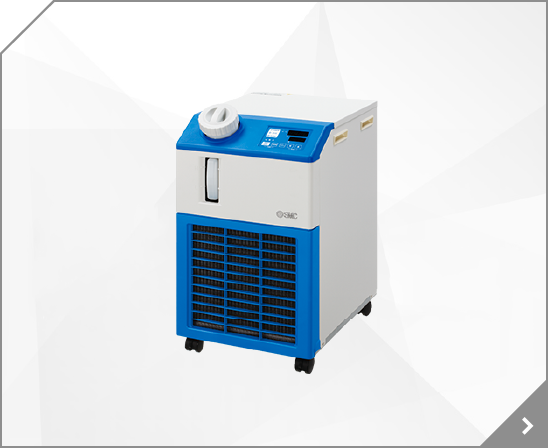
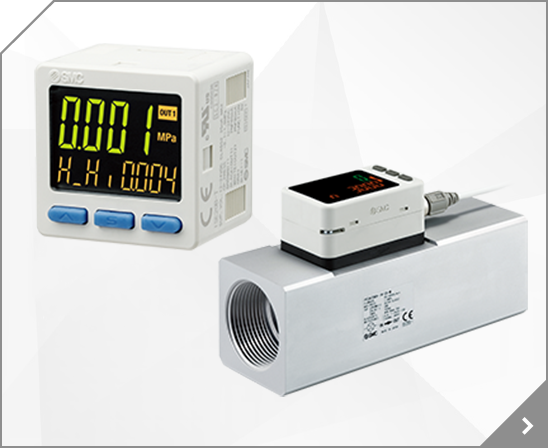
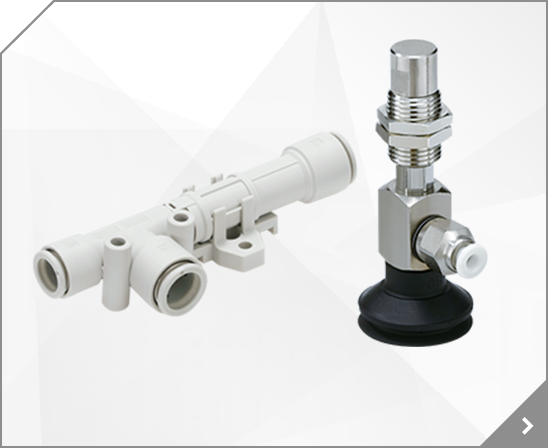

 Large Size 3 Port Solenoid Valve VP3145/3165/3185 Series Rubber Seal
Large Size 3 Port Solenoid Valve VP3145/3165/3185 Series Rubber Seal